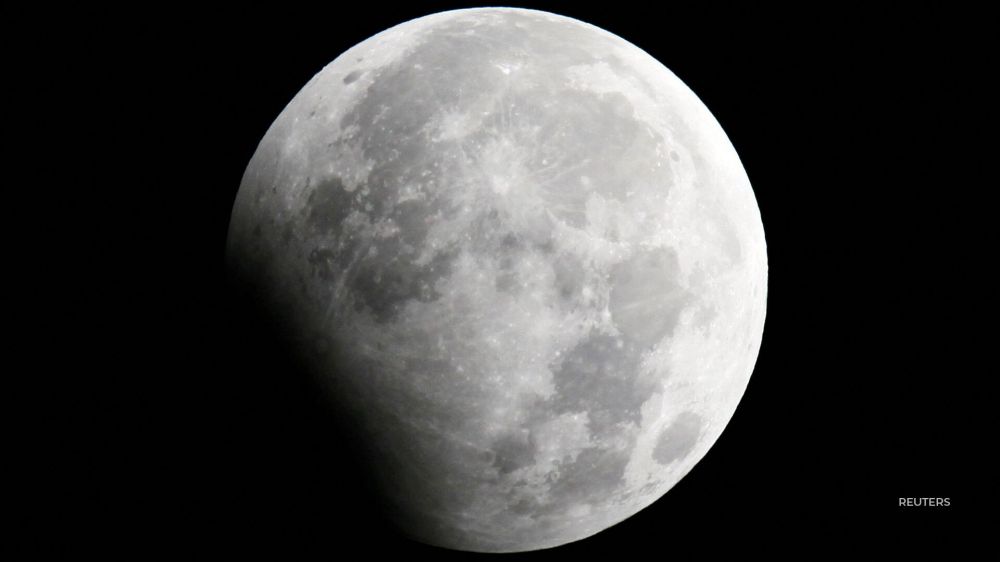The moon is about to get hit by a giant piece of space junk. The impact, expected on March 4, will carve out a crater that could fit several tractor trailers.
A rocket booster was initially identified by an independent researcher as a used Falcon rocket stage from Elon Musk‘s SpaceX, but last month the U.S. National Aeronautics and Space Administration (NASA) said its analysis showed that the object was likely to be the booster rocket from China’s Chang’e 5-T1 mission launched in 2014.
“According to China’s monitoring, the Chang’e 5 (rocket) has safely entered Earth’s atmosphere, and has completely burned,” said Wang Wenbin, a Chinese foreign ministry spokesman, when asked by reporters if the object was from the Chinese mission.
No matter whose it is, scientists expect the object to carve out a hole 33 feet to 66 feet across and send moon dust flying hundreds of miles across the pockmarked surface. Due to lack of atmosphere, craters are very common on the moon, remaining on the surface after impact due to lack of weather-causing erosion. These impacts, taking up over 1,000 miles of the surface, are created by multitudes of meteors and asteroids as well as space junk.
The landing zone of the space debris will keep the impact away from satellite detection, at least temporarily. Several detection devices for impacts, including a Chinese lunar lander and NASA’s Lunar Reconnaissance Orbiter, will be too far away to determine the crater’s full extent. More information about the impact may take months to come to light.
“I had been hoping for something (significant) to hit the moon for a long time,” mathematician and physicist Bill Gray stated on his asteroid-tracking website Project Pluto. “Ideally, it would have hit on the near side of the moon at some point where we could actually see it.”
The near decade-long voyage of the suspected rocket booster has re-ignited discussion about space debris and who is legally responsible for tracking junk floating outside the Earth’s atmosphere.
